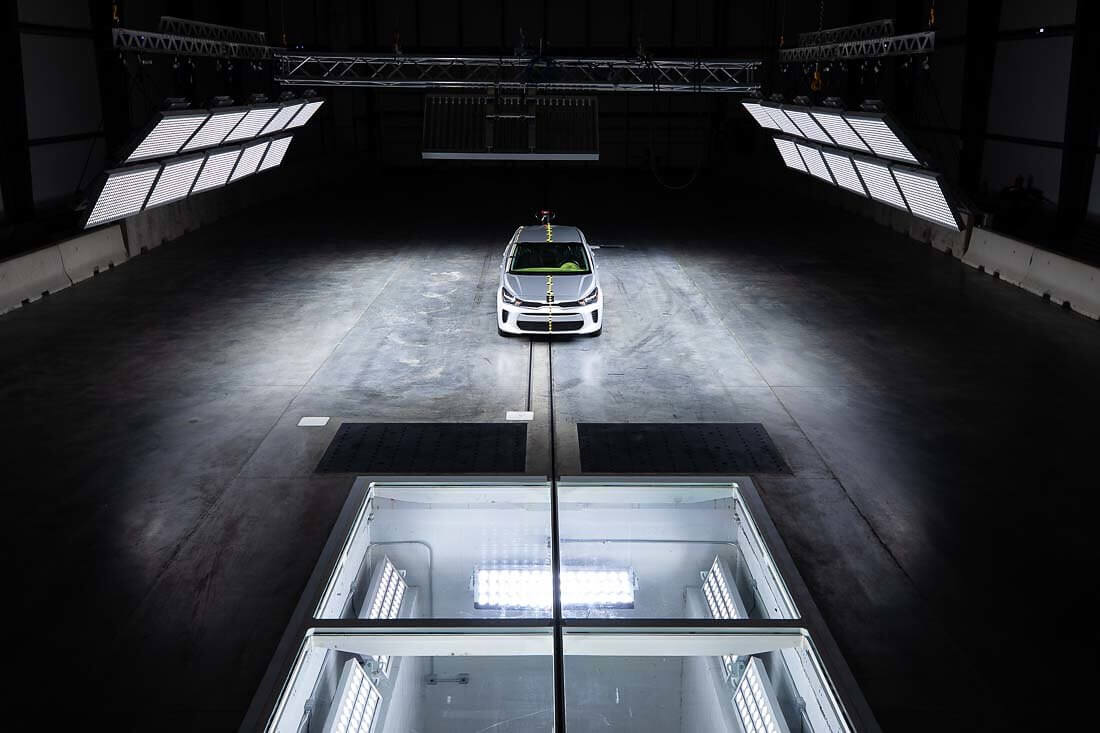Crash Test expert, Gerald Goupil explains about the Insurance Institute for Highway Safety’s Test Verification Program.

With so many vehicle models on the market, each being refined or refreshed each year, it’s nearly impossible for the Insurance Institute for Highway Safety (IIHS) to test every model. Therefore, in order to provide the consumer with the most comprehensive data, IIHS leverages a process they referred to as “Test Verification.”
In the simplest terms, “Test Verification” is a process that allows automakers to provide the Institute with crash test data which the Institute utilizes to define the vehicle’s ratings. This crash test data can be submitted from a variety of test modes including driver-side small overlap, passenger-side small overlap, moderate overlap, and side impact full vehicle crash tests. These tests must be executed according to the Institute’s parameters and must include high-speed video footage, intrusion measurements, and crash test dummy injury data.
“The challenge for some automakers is that they either do not have the internal capability or capacity to run such tests,” Goupil commented. “But in the U.S., automakers can rely on independent test labs, such as Calspan, to run additional tests for them.” Calspan’s state-of-the-art crash lab is located in Buffalo, N.Y. and was recently recognized by Automotive Testing Technology International as the “Crash Test Facility of the Year”.
Learn more about Calspan’s crash testing capabilities.